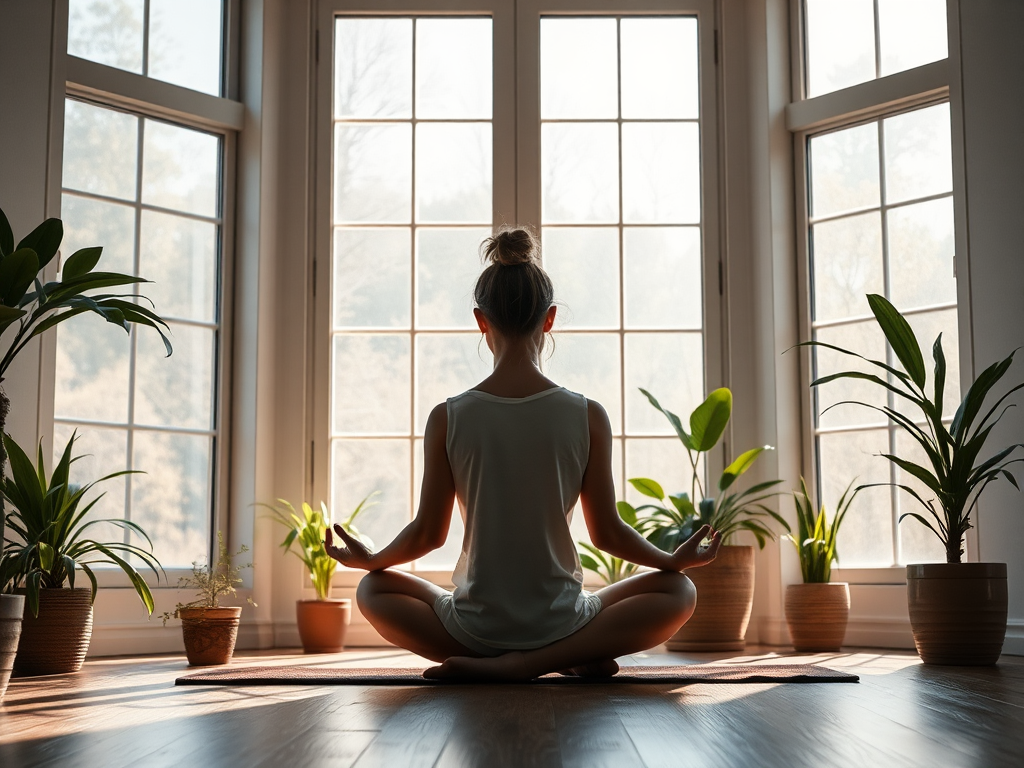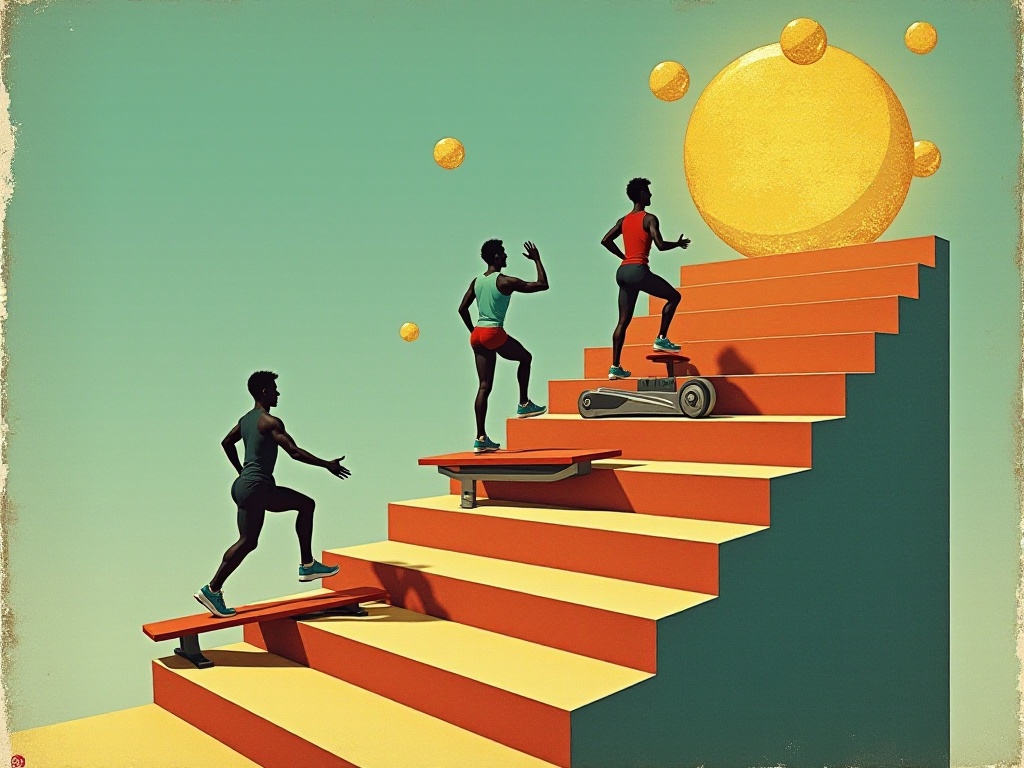Getting Straight to the Point
Do you find working out troublesome? Think you need dedicated time at the gym, special workout clothes, and various equipment? Actually, that's not the case. Every moment in life can become an opportunity for fitness - the key is cleverly integrating exercise into daily routines. Through proper planning and innovative methods, we can achieve our fitness goals without even realizing it.
Modern life is fast-paced with high work pressure, and many use lack of time as an excuse not to exercise. However, fitness doesn't necessarily require much time, specific venues, or equipment. As long as we're good at discovering and utilizing exercise opportunities in life, we can easily achieve our daily exercise goals. For example, we can exercise during commute times or during work breaks.
Office Revolution
Honestly, I used to think I was too busy working to exercise. Until one day, I discovered that exercise opportunities are everywhere in the office. Traditional meeting formats often require employees to maintain fixed sitting positions for long periods, which not only makes people drowsy but also leads to decreased body function. Walking meetings are a great alternative - they not only allow you to move your body but also spark creativity. I recently started trying this - every one-on-one meeting is scheduled at the downstairs café, walking and talking, easily reaching 4,000 steps in an hour.
This meeting style not only increases physical activity but also improves meeting efficiency. Research shows that moderate exercise can promote brain blood circulation and enhance mental agility. Moreover, discussions in a relaxed atmosphere often generate more innovative ideas. I've found that meeting minutes from walking meetings are usually more concise than traditional ones, as people naturally focus on key points while walking.
Standing desks are also a good choice. I stacked several thick books on my desk to make a simple lift desk. Standing for 3 hours daily burns about 150 extra calories. Standing not only increases calorie burn but also improves health issues caused by prolonged sitting. Medical research shows that prolonged sitting increases the risk of chronic diseases like cardiovascular disease and diabetes. Standing can effectively reduce these risks while improving posture and reducing neck and spine pressure.
When implementing standing work, remember to progress gradually, starting with half an hour daily and gradually increasing to 2-3 hours. Also, pay attention to monitor height, keeping your eyes level with the top of the screen to avoid neck fatigue. Do simple stretches every half hour, like neck rotations and wrist turns. These simple movements may seem minor, but with long-term persistence, they can prevent occupational diseases and maintain blood circulation.
There are many other tricks to increase movement in the office. For example, you can stand and walk while on phone calls without affecting conversation while getting some exercise. Choose a bathroom farther away to get in extra steps. Take a 15-minute walk downstairs during lunch break to both relax and get vitamin D. These seemingly trivial activities can add up to significant exercise when accumulated.
Exercise Opportunities Everywhere
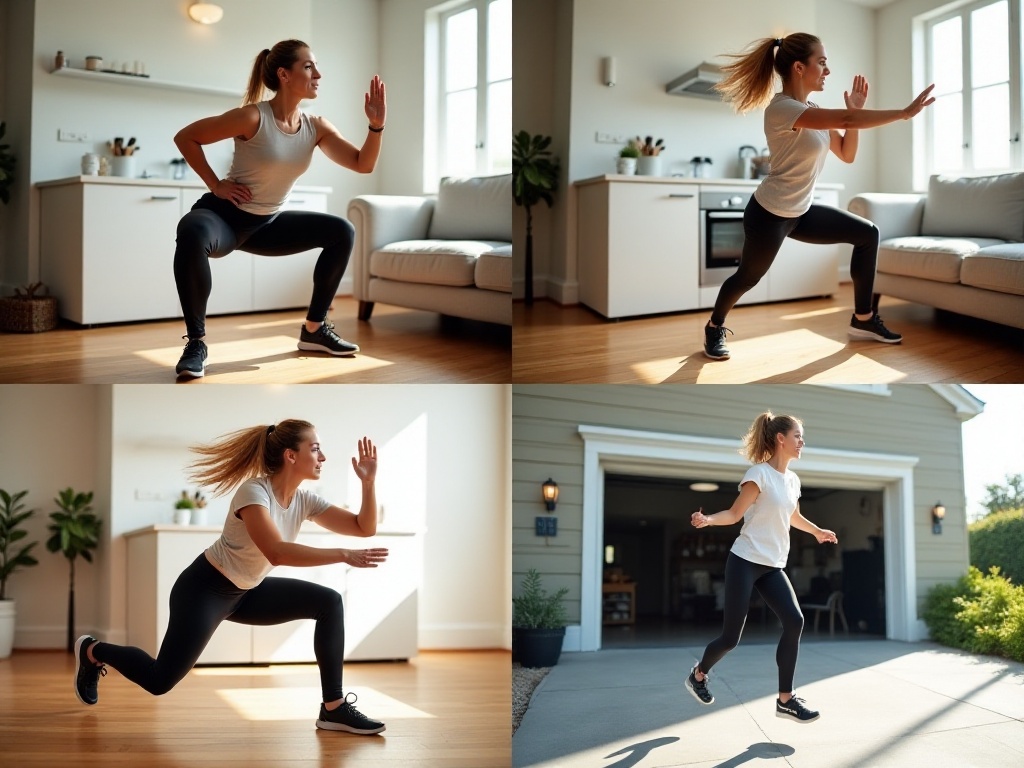
Scientific Fitness Principles
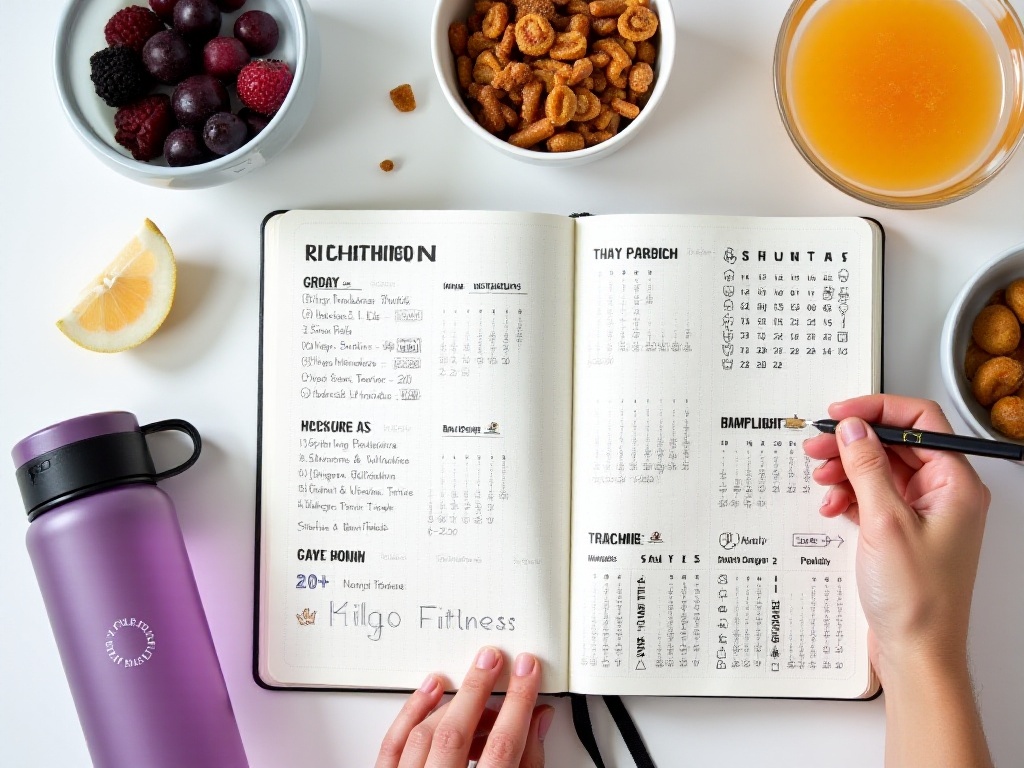
Gradual Progress
The most important principle in fitness is gradual progression. Many people start with high enthusiasm, trying to complete a week's worth of exercise in one day, resulting in either injury or quick abandonment. The scientific approach is to start with basic exercises and gradually increase intensity as your body adapts.
I suggest starting with daily walking. Walk 15 minutes in the first week, increase to 20 minutes in the second week, and 25 minutes in the third week. Walking is the most basic aerobic exercise, with almost no risk of injury and significant effects. Research shows that maintaining 30 minutes of walking daily can significantly improve cardiopulmonary function, increase basic metabolic rate, and help control weight.
When increasing exercise intensity, observe your body's response. If you feel excessive fatigue or joint pain, reduce the intensity appropriately. Exercise isn't about doing more - it's about finding your own rhythm. Once you're adapted to walking, consider adding other activities like jogging, swimming, or strength training.
Goal Setting
Scientific goal setting is half the battle. Many people's goals are too vague, like "I want to lose weight" or "I want to be healthier" - such goals lack operability. The correct approach is to set specific, measurable goals, like "I want to lose 5kg in three months" or "I want to be able to run 5km continuously."
The SMART principle is a good method for setting goals: - Specific: Clearly state what goal to achieve - Measurable: Can measure progress with specific data - Achievable: Can be completed under current conditions - Relevant: Aligns with overall goals - Time-bound: Has clear completion deadlines
For example, if your goal is to improve fitness, you might set it like this: "In the next two months, through daily walking and simple strength training, achieve climbing 10 floors continuously without getting winded." This goal is specific, measurable through floor count, within normal human capability, aligns with the overall fitness goal, and has a clear time limit.
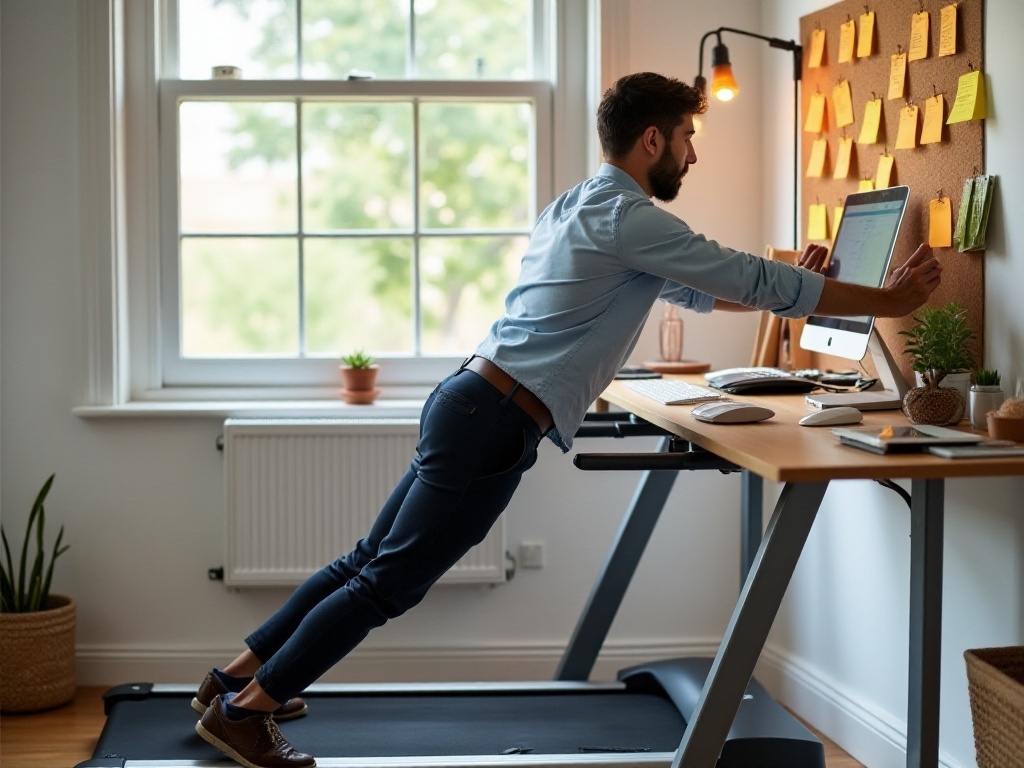
Keys to Persistence
Let Data Speak
In this digital age, recording and tracking exercise data has become increasingly easy. I especially recommend recording your daily exercise data, which not only helps you understand your progress but also provides continuous motivation. There are many fitness tracking apps available that can record steps, exercise time, calories burned, and other data.
I've been recording my exercise for half a year and personally experienced the transformation from initially only walking 3,000 steps to now easily reaching 12,000 steps daily. Seeing such progress is truly fulfilling. Data recording can also help you identify problems in your exercise habits, such as which time periods have particularly low activity levels, allowing for targeted improvements.
Besides electronic devices, traditional pen and paper recording is also a good choice. You can keep an exercise diary to record daily exercises, time, and feelings. The process of writing itself is a form of reflection that can help you better understand your physical condition and exercise needs.
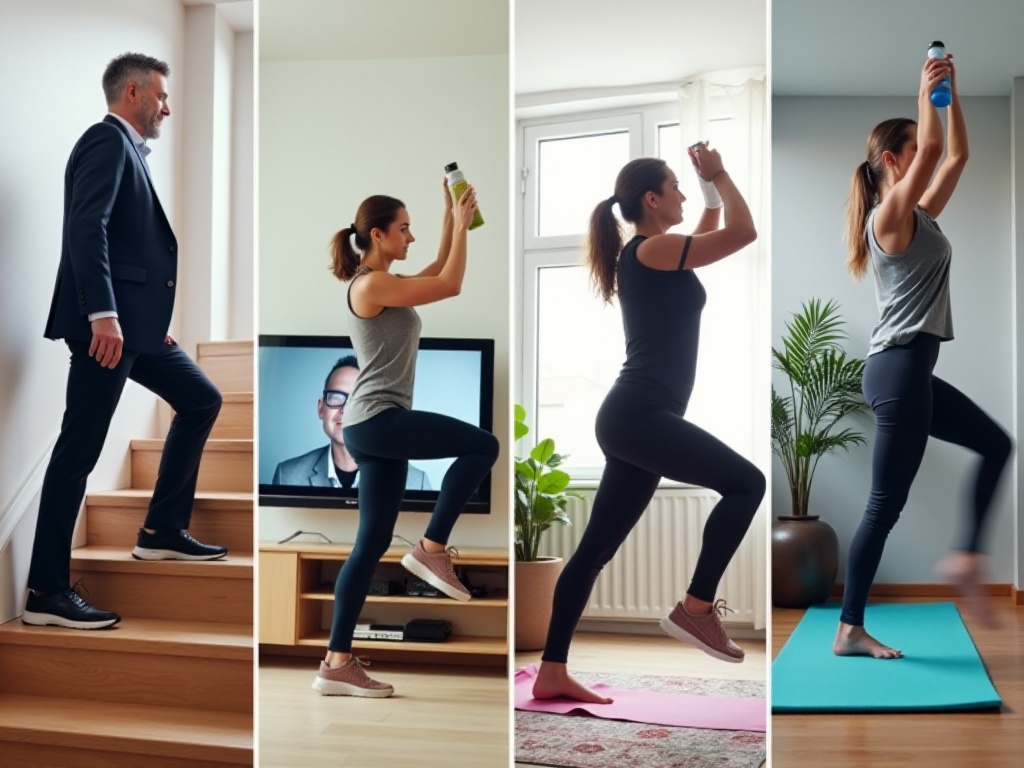
Reward Yourself
Establishing an effective reward system is crucial for maintaining exercise motivation. After reaching stage goals, be sure to give yourself appropriate rewards. These rewards should preferably be exercise-related to form positive reinforcement. For example, buy new workout gear after exercising continuously for a month; get a spa treatment after reaching weight loss goals; sign up for a small marathon after being able to run 5km continuously.
Rewards don't have to be material - they can be spiritual. For instance, share your achievements on social media after reaching goals to get likes and encouragement from friends. Or form exercise groups with like-minded friends to motivate each other and progress together. Such social support is often more effective than material rewards.
Note that rewards should be moderate - don't indulge yourself just because you've achieved exercise goals. For example, don't reward weight loss success with excessive eating and drinking, as this can undo your progress. The purpose of rewards is to encourage yourself to maintain good habits, not to destroy the healthy lifestyle you've established.
Home Exercise Strategy
Creating Exercise Space
Many people think home exercise is limited by space, but that's not true. You can do many exercises with just 2 square meters of space. I planned a simple exercise area in the corner of my living room, laid down a yoga mat, and placed two dumbbells and a resistance band. Though simple, this setup can meet basic strength training and stretching needs.
When planning home exercise space, note several key points: First is ventilation, ensuring enough fresh air during exercise; Second is safety, with non-slip flooring and no sharp objects nearby; Finally is practicality, choosing equipment based on your exercise needs without blindly buying unused gear.
In my experience, setting up exercise space in the living room works best, as you can exercise while watching TV. Plus, exercising in public areas might inspire family members to join in. If there's no dedicated exercise space, bedside or balcony areas are good alternatives.
Creative Equipment
Lack of professional equipment doesn't mean you can't exercise. Many household items can become exercise equipment - it's about being creative. Water bottles filled with water become dumbbells, with different bottle sizes meeting different weight needs. Sofa backs can be used for modified pull-ups, and backpacks filled with books can serve as weight vests.
I love using two 2-liter water bottles for arm training, which works similar to 3kg dumbbells. Towels can be used for stretching, chairs for tricep dips, and yoga mats can be replaced with newspapers or carpets. These alternatives not only save money but also cultivate exercise creativity.
When using alternative equipment, note these points: First ensure equipment stability, like tightening bottle caps; Second maintain equipment cleanliness, especially items frequently contacting skin; Finally choose appropriate weights based on your ability, don't force yourself.
Maximizing Results
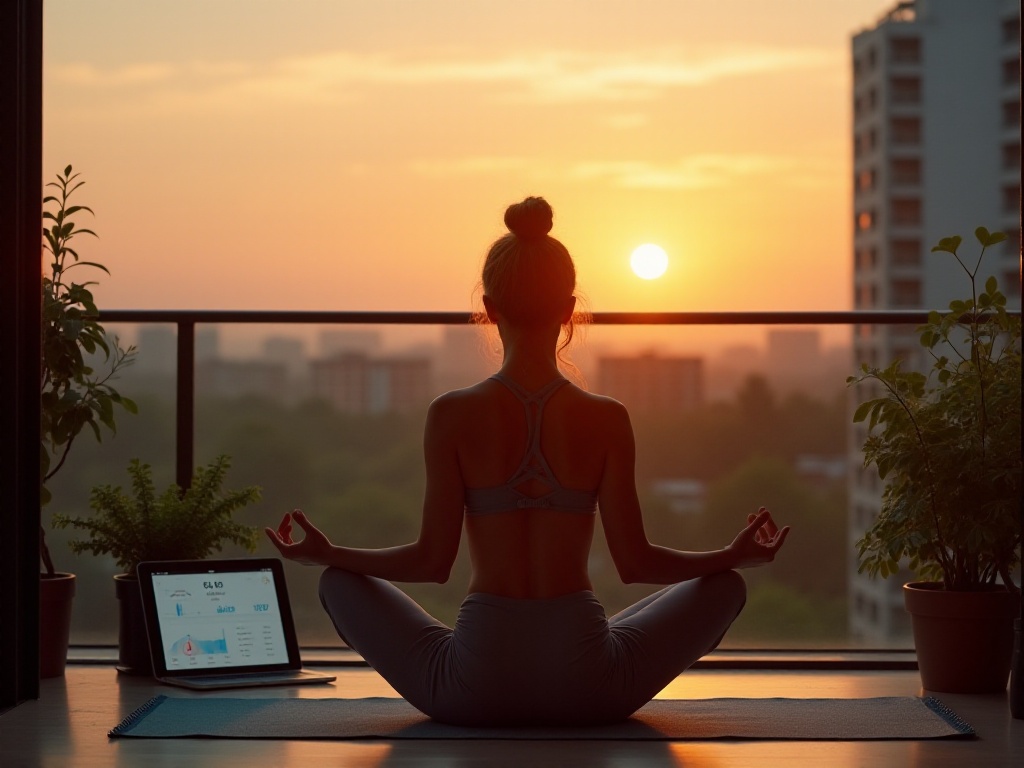
Fragment Exercise
Modern people are busy and often can't dedicate large blocks of time to exercise. This is where fragmented exercise becomes particularly important. Spreading exercise throughout the day not only avoids time conflicts but also keeps the body energized. 5 minutes of stretching in the morning, 10 minutes of stair climbing at noon, 15 minutes of jump rope in the evening - such arrangements can achieve good exercise results.
The advantage of fragmented exercise is its lower intensity, which doesn't cause significant fatigue yet continuously burns calories. Short-duration exercises are also easier to maintain and harder to find excuses to skip. I've been trying this method recently and find it much easier than exercising for 40 minutes at once.
When arranging fragmented exercise, combine it with your daily routine: Do simple stretches after waking up to activate joints; Fast walk or jog for a few minutes on the way to work; Climb stairs or walk around during lunch break; Do some strength training or jump rope after returning home.
Interval Training
If you want maximum exercise effects in limited time, interval training is a good choice. Interval training alternates between high and low-intensity exercise, improving both cardiopulmonary function and fat burning effects.
For example, when running, use a "30/90" pattern: sprint for 30 seconds, jog for 90 seconds, and repeat. Research shows this training method burns 40% more fat than continuous slow jogging. Interval training also effectively improves both aerobic and anaerobic capacity, enhancing cardiopulmonary function.
When doing interval training, note these points: Warm up thoroughly before starting to prevent injury; Set high-intensity phases according to your ability, don't force yourself; Observe body responses and adjust promptly if discomfort occurs.
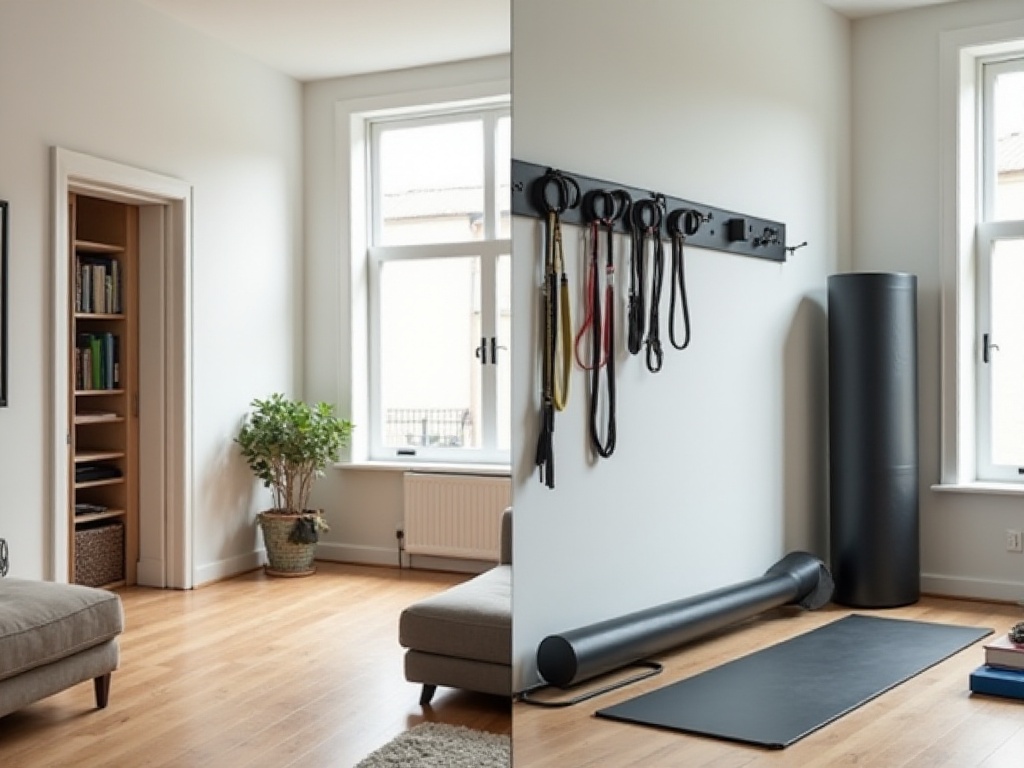
Summary and Future Outlook
Fitness is actually all around us - the key is having the mindset to discover it. Through proper planning and innovative methods, we can achieve exercise goals in daily life. Whether it's standing desk work in the office, natural movement during household chores, or fitness opportunities during commutes, as long as we seize them well, we can truly integrate exercise into life.
In the future, we can explore more healthy living topics, such as how to gradually improve body shape through dietary adjustments and exercise habits without dieting. Or discuss how to maintain exercise motivation under work pressure, making healthy living truly enjoyable rather than burdensome.
Remember, fitness isn't a short sprint but a marathon. What's important isn't temporary effort but persistent dedication. As long as we maintain the right mindset and use scientific methods, we can go far on the path to health.
Related articles


